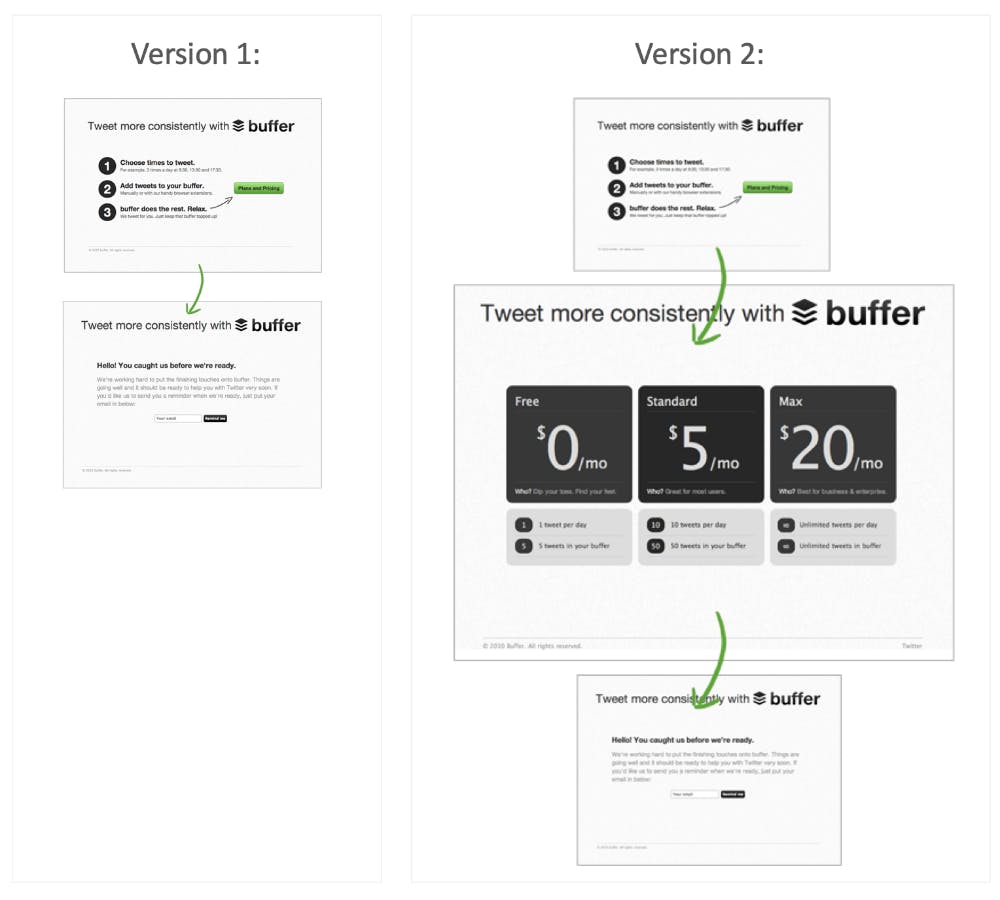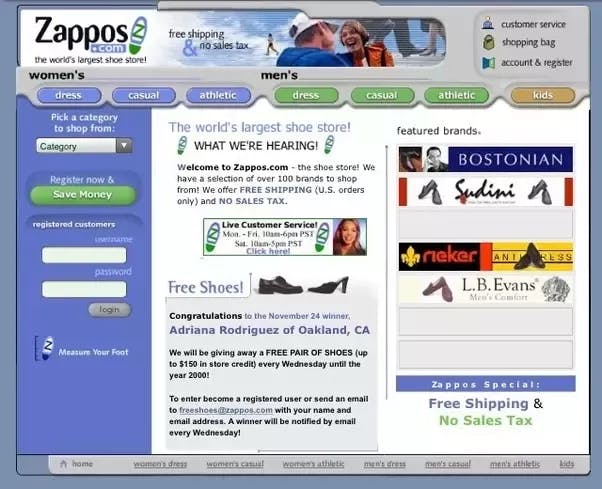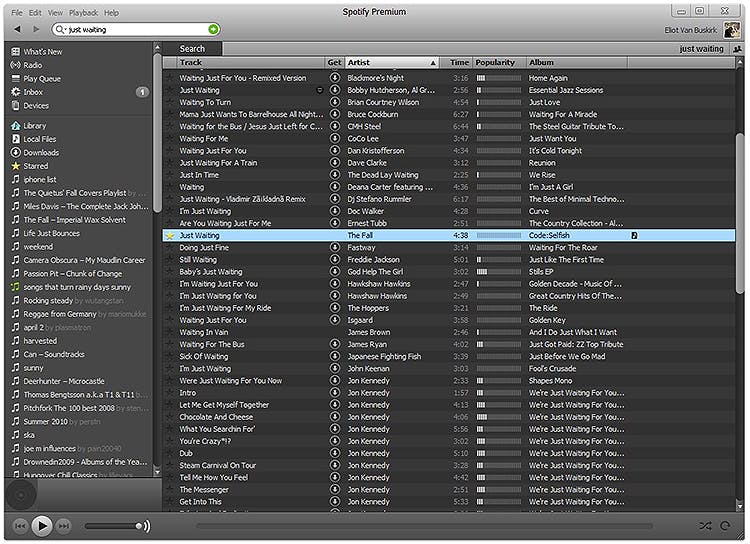4 popular types of MVP: How to choose the right one for your startup
In our latest blog post, we've discussed what a Minimal Viable Product is. It's the easiest tool you can build in order to test your idea and learn through collecting feedback from your early adopters. And also, how to build it.
It's a fact that in this dynamic and turbulent world, full of brilliant ideas ready to be born into great startups, every entrepreneur is facing the same challenge - a blank page! That is one of the main reasons why many startups are failing. The blank page has endless possibilities and no guidelines. And the absence of form scares off potential entrepreneurs before they start. The absence of form exists because of the lack of feedback, so entrepreneurs don't know whether they are making the right decisions.
Successful entrepreneurs see the blank page differently. They will shape a blank page into many ideas, then a plan, and at the end a product. They will transform the page to a process that will allow for that evolution to occur. Successful entrepreneurs don’t rely on the intuition of what users want, instead, they learn it through a process of hypothesis and experimentation. They discover the best decisions for their business by building an MVP.

MVP can come in a thousand shapes and forms. So, in this article, we will focus on the most popular ones. We will give you a simple explanation and examples from successful startups. We're sure that it will help you decide which type or solution is most suitable!
Content-related MVP
This group of MVPs is based on content. It will allow you to present the idea behind your product to your potential users or investors without building a prototype.
And now you probably have a question: ‘Isn't MVP first and foremost a product?’ Yes! But, it’s possible to catch potential leads and measure purchase intent without building it.

A landing page is the most used form of MVP because is easy to make. A simple website, a short description of your product, and a CTA (call to action) button can be a very reliable test of people’s interest. For a quick result – you can run an AdWords campaign on your main keywords and see people's reactions.
Main tips:
✔︎ Make it look aesthetically appealing, so you can grab people’s attention!
✔︎ Try to explain all the features from the user’s perspective.
✔︎ Ask people to leave their e-mails. Once the MVP is live, you’ll be able to inform early adopters about your product.
Example: Buffer.com

One of the most popular platforms for scheduling social media posts was tested through various landing pages before the first line of its code was written. Joel Gascoigne, the founder, build a simple website describing Buffer’s functionalities and a page with “Plans & Pricing”. Everyone who clicked on could be a potential subscriber. Most importantly, the product wasn’t ready yet. The page only contained a piece of information that it will be launched soon and a possibility of signing up for a newsletter. Very easy and effective!
🤩 Pros
- Can be built cheaply and quickly.
- Can easily be matched with online ads.
- Can be tested and optimized easily.
😩 Cons
- The conversion rate is low (about 1-3% of people sign up).
- Hard to adapt all vital information into one page.
- A landing page that's not aesthetic can hurt your brand.

This type of MVP is another popular content-related MVP. One minute-long video is more than enough to explain your product. An interesting and creative video catches people's attention more easily than a simple description. Also, can go viral very quickly.
Example: dropbox.com
DropBox (a platform for sharing files on different devices) proved the effectiveness of their MVP in the form of a video. Because of the complexity of their innovative product, they test it before investing resources for development. DropBox created a short animated video for their MVP. The subscriptions sky-rocketed overnight!
🤩 Pros
- Explains your product in a simple way.
- People are interested in watching a short video.
- Good for branding.
😩 Cons
- You may have to spend a lot of time to make an explainer video and get the right message.
Functionality-related MVP
This type of MVP is based on functionality. Can be used when content-related MVP wouldn’t give you enough feedback from your early adopters.

Wizard of Oz MVP is where you essentially put up a front that gives your early adopters the impression that you have a product. Also, users have the opportunity to experience it. It’s a very effective way of checking if you have a wanted product before you actually build it.
Example: zappos.com

Zappos (an online shoe retailer) is the most famous example of Wizard of Oz MVP. Nick, the founder tested the idea before creating the product. He went to local stores, photographed shoes, and sell them online. All that he needed was a very simple website and a small budget for ads to get traffic. From the customer’s side, it looked like a fully functional website.
🤩 Pros
- You can set up this MVP cheaply and quickly.
- You can use social media to generate interest.
😩 Cons
- You have to spend a lot of time and effort to manually perform the service.
- Customers can feel cheated if they come to know that there is no real product.

Single Feature MVP is when you develop your actual product and sell it to your potential users. Even though the term means developing 'one single’ feature for the MVP, it doesn’t necessarily mean that. Single Feature MVPs are those that focus on solving the core problem of the user. And to do so, you may need more features in your minimum viable product, but they must be prioritized. Keep ‘must-have’ features and eliminate ‘nice to have’. While defining and prioritizing the core features to build, consider the following things: Unique Selling Point that offers users value and stand among the competition. Leave the other features for later development.
Example: spotify.com

Spotify today is the global leader in the music industry. But how it reached the top of success is an interesting story.
In 2008 Daniel Ek and Martin Lorentzon identified the opportunity that the music industry had nothing to help the music lovers stream songs. In 2006 after just 4 months of development, they launched their first prototype.
🤩 Pros
- Focused on solving one specific problem for specific users.
- You can get your product to market fast with low costs.
- You can expand it later without much difficulty.
😩 Cons
- You have to invest in development.
- You may have a problem figuring out which feature you should focus on.
Before choosing the right type of MVP for your startup, you should define your goal. Understand your target, estimate the resources, choose the most suitable type MVP for your startup, and get ready to beat the market. As a software development company, we are always here to help you make the right decision and turn your ideas into a successful startup! ★
COMING UP NEXT:
In this post, we went through what are the most popular types of MVP. In the following post, we will explain how to prioritize the features for your MVP.
Stay tuned.


